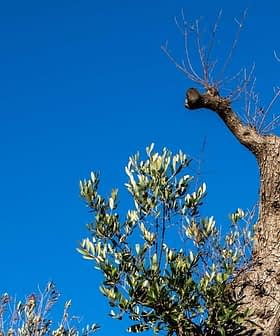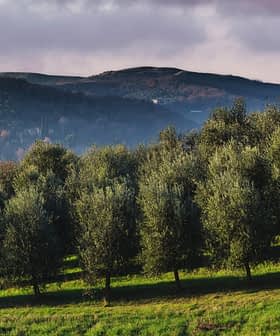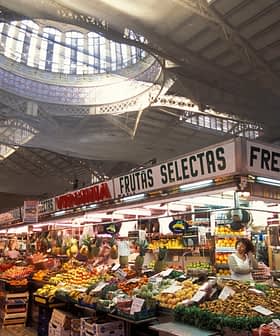Spain’s leading agricultural cooperative said the 2021/22 crop year might yield less olive oil than expected due to low rainfall.
Cooperativas Agro-alimentarias arrived at the conclusion after analyzing the situation on the ground in various producing regions in light of the high heat and low levels of rainfall experienced over the summer.
See Also:2021 Harvest Updates“The shortage of water reserves means that the allocations for irrigation have fallen to half of what each irrigator usually needs,” the organization said. “Therefore, not even the most productive farms will be able to reach their potential production level.”
As of mid-July, data from the State Meteorological Agency of Spain (Aemet) show that Castilla-La Mancha and Andalusia, the two largest olive oil-producing regions in the country, will receive 75 percent and 50 percent less rainfall in the current crop year than the previous one. The 2020/21 crop year was already considered a dry season.
According to the olive oil sector council of Cooperativas Agro-alimentarias, olive oil production will likely fall below the 1,387,000 tons recorded in the 2020/21 crop year.
However, the progression of the current crop year remains fruitful. Cooperativas Agro-alimentarias reported that olive oil exports reached 842,000 tons at the end of July, 25,000 tons more than the previous crop year and 100,000 tons above the 2018/19 crop year.
The organization partially attributed the rebound in exports to increasing demand for bottled olive oil in the United States, which suspended its tariffs on Spanish olive oils in May.
“The market is still active, which is the most notable of these new data,” said Luis Carlos Valero, the general manager of the Association of Young Farmers — Jaén.
“In addition, it is very important that before reaching the month of August, which is normally considered a month of very low exports or practically none, it continues to be confirmed that the [production] volumes that we are going to have for the coming campaign will be very low,” he added.









